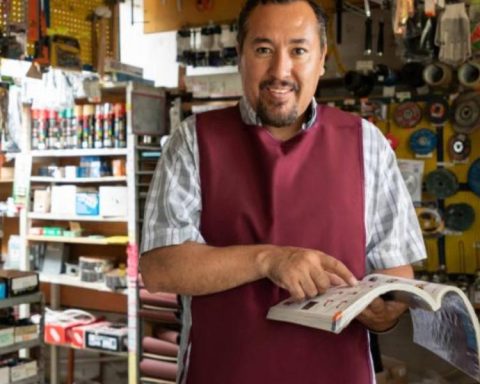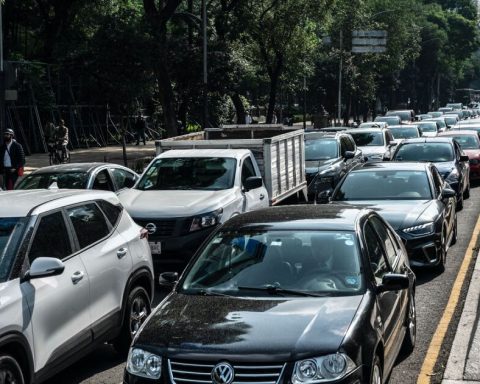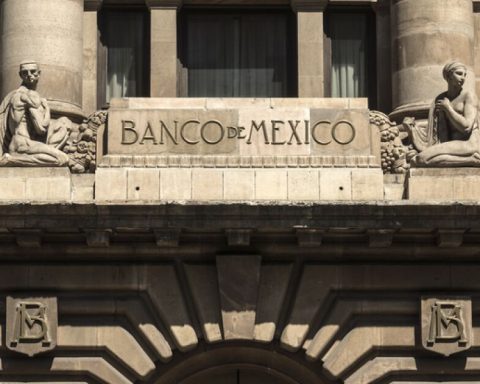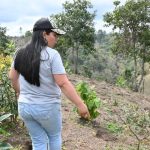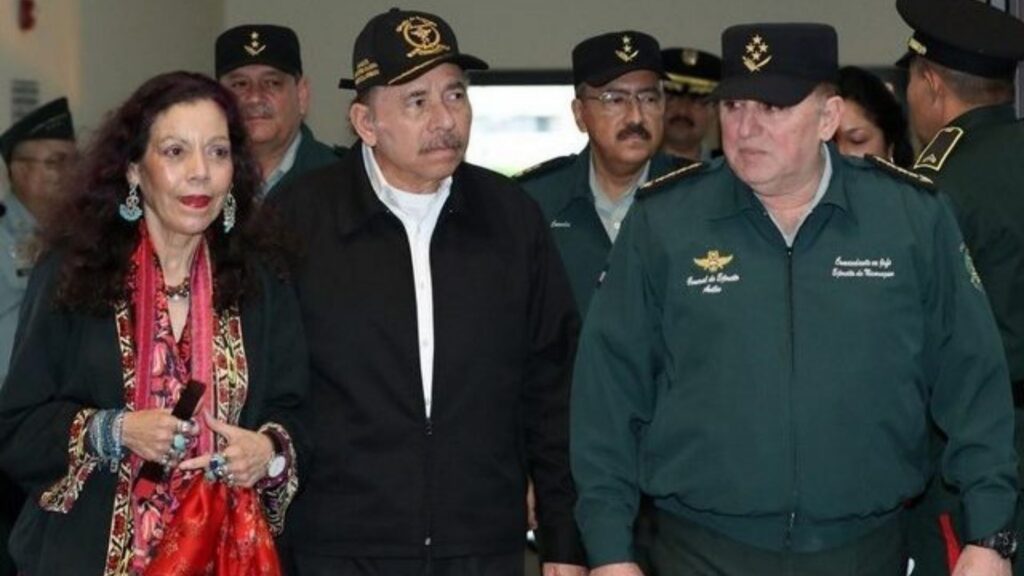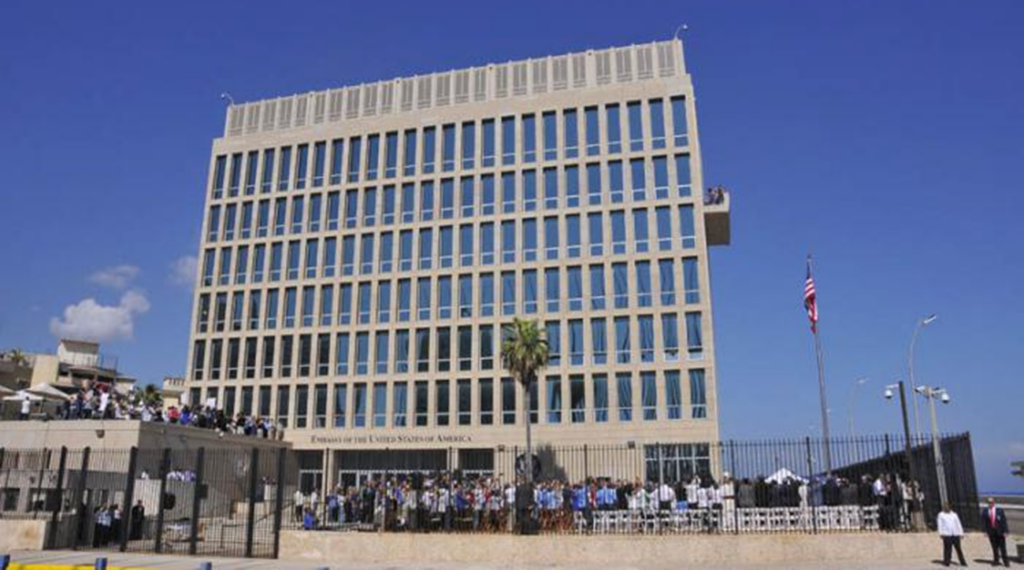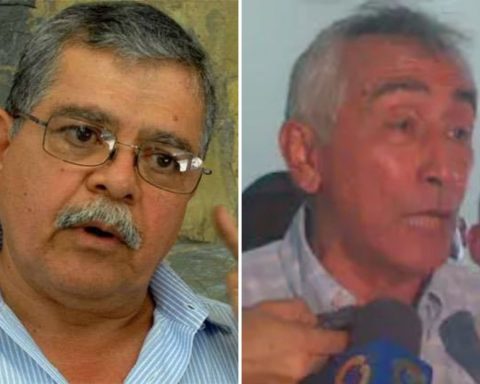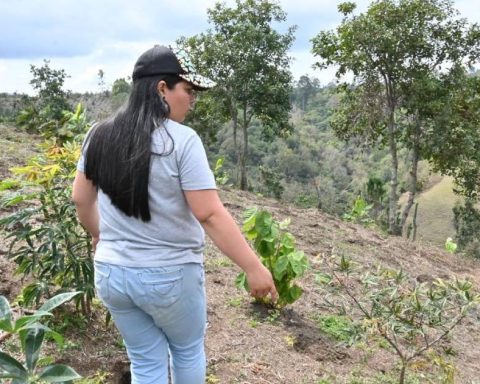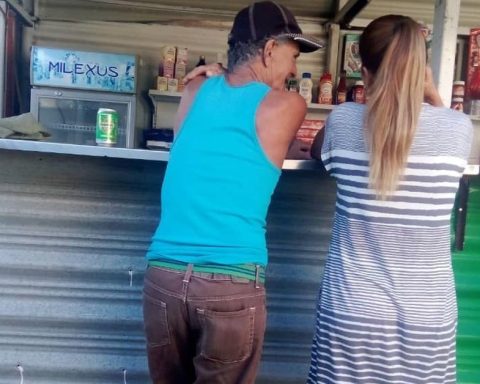C
hen the school was founded Normal Regional of Tacámbaro, Michoacán, in 1922, Mexico lived an uncertain situation. As soon as the revolutionary war was over, the institutions were beginning to be established to forge a nation in accordance with the principles of the 1917 Constitution. The project would have its official tendencies (strengthening a secular State, the assimilation of the indigenous population) and popular ones (the of wealth, social justice), as well as their staunch enemies (the clergy and their allies from the landed class).
The regional normals –which would later become rural normals– reflect this context of uncertainty, hope and hostility. Of the rural normal schools founded in 1922 (another in Gómez Palacio, Durango) only Tacámbaro survived, but it had to close temporarily in 1924 and move from place to place until it reached its current location in Tiripetio in 1949. Other rural normal schools founded in These first years, like those of Molango, Hidalgo, in 1923 and San Antonio de la Cal, Oaxaca, in 1925, had similar experiences. Some closed due to lack of resources, others due to lack of students (in some states there were not enough elementary schools to recruit students). By 1926 the system would be strengthened with an expansion of the study plans, the foundation of campuses such as Ayotzinapa and El Mexe and the same commitment of the communities that contributed resources, labor, and materials so that more rural schools could be built.
By the 1930s, rural normal schools would be the backbone of rural education. The intense popular mobilization during Cardenismo, the official adoption of socialist education, agrarian distribution, the nationalization of oil, the formation of cooperatives, agrarian leagues and unions, as well as the expansion of the rural normal school system itself (their number of schools reached 35), made this decade mark the so-called golden age of these schools. This context of structural change, wealth redistribution, and mass consciousness-raising helps explain why such a short period of time had such long-lasting repercussions.
In the history of rural normal schools, the Federation of Socialist Peasant Students of Mexico (Fecsm) constitutes another central explanation of why these schools persist despite such changing contexts, sieges by reactionary groups and attempts by the State itself to make them disappear. Established in 1935 as an organization that advocated for the rights of rural students and gave them a voice within the institutions that formed them, the Fecsm – the oldest existing student organization – has been the main vehicle of struggle to preserve and defend the normal rural. His determination to remember the origins and logic of rural normal schools, his insistence on an educational tradition that goes beyond the walls of the classroom and the walls of the school, and his determination to educate each generation of students, has made rural normal schools stand out as unique institutions not only in Mexico, but in the world.
The exemplary character of the revolutionary educational project in general, and the rural normal schools in particular, did not go unnoticed in the rest of America. In the 1920s, the Chilean poet Gabriela Mistral expressed admiration for a pedagogy that linked academics with farming, workshops, and small industry, as was the trend in rural normal schools. In this way, Mistral maintained, intellectual knowledge is united with craftsmanship to form the cabal human type
. In the 1930s, Bolivia sent important pedagogues to Mexico to learn from its rural education experience and invited figures such as Moisés Sáenz, undersecretary of Education and promoter of action pedagogy, to visit the Andean country. Also from the Andes, Peru, which in the 1940s was preparing to create its own rural normal schools, wanted to “take advantage of the valuable experience of the other Latin American republics by setting its sights preferentially on Mexico… [donde] its rural normal schools have been operating for more than 20 years”. After his tour of the Mexican Republic, the Peruvian representative Max Miñano García would write Rural education in Mexicoa voluminous text with invaluable information on rural normal schools and edited by the SEP in 1945.
100 years after the founding of the first rural normal school, the question of whether they are still relevant haunts these schools. What place do they have in an urbanized and modern Mexico? So much has changed it is true. But the basic structures of power and wealth are still there: incalculable fortunes in a few hands, the siege of the reaction to any attempt to improve the conditions of the people, a neoliberalism that has eroded the revolutionary conquests, the power of the transnationals with their allies of the national elite and an empire that, despite its decline, is still determined to intervene, limit and control our America.
More than asking if the rural normal schools are relevant today, we should ask what we can learn from them, their history of struggle and their dynamics of collective resistance. How did these schools, always so precarious, always so attacked, manage to survive a century? How is it that they have trained so many social leaders? Where does that critical awareness that your students develop come from? This centenary gives us an opportunity to remember and get closer to this history. If we do, the question is not whether they remain relevant, but how to strengthen them.
* Professor-researcher at the Massachusetts Institute of Technology. Author of the book Unintended Lessons of Revolution a history of rural normals

